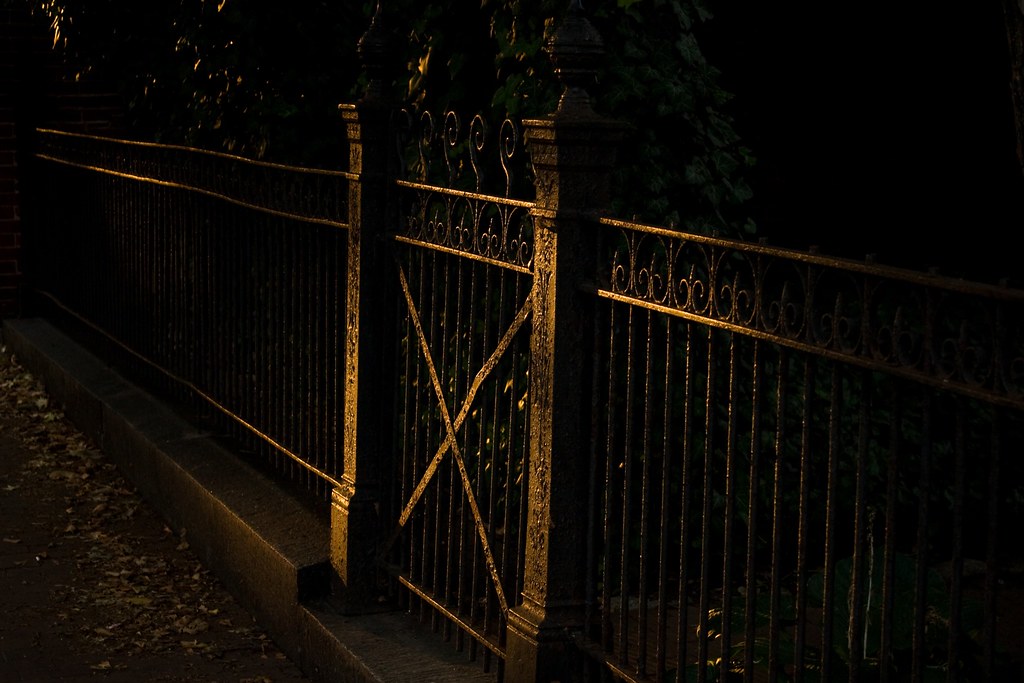 I think that because the concept is easy to understand, many people seem to gloss over at the mention of quantity when it comes to light. I mean, it is pretty obvious that you need to be able to see to get the shot you want. However, what people fail to remember is that the camera does see differently than your eyes do.
I think that because the concept is easy to understand, many people seem to gloss over at the mention of quantity when it comes to light. I mean, it is pretty obvious that you need to be able to see to get the shot you want. However, what people fail to remember is that the camera does see differently than your eyes do.Our eyes have the amazing ability to adjust itself because of the minuscule adjustment of muscles around our eye which enable it to adapt to available light. Our eyes also can see a broader dynamic range of light than our cameras. Dynamic range is the range of exposure from light to dark. We see more shades of light and dark in one view than the camera does, and sometimes when we take a photo in what we think is enough light, the camera gives us a image or makes an adjustment that surprises us. As you grow more experienced as a photographer, you will start to be more sensitive to the amount of light around you, and know the limits of what your camera can do in certain kinds of light.
I personally enjoy the challenges of different lighting, and use it as a reason to look for creative ways to exploit it in my images. To do this, I recommend learning more about shutter speed and its effects on your photos. Also, experiment with your ISO in different lighting conditions. I recently discovered that the human eye has a maximum ISO rating of about 800. Today's cameras are able to go well beyond 800 ISO, which means that cameras are now able to see more detail in the dark than you can!
Overall, keep in mind that the amount of light is always important and will always affect your photos. If you are stuck indoors, try turning on a few more lamps other lights (if you can) to get more light into a scene (you might want to ask before you do this at someone else' s house). You might also want to move your subjects near a window to get a little bit more ambient light from outside. If you are going somewhere where you know the light will be dim and you are photographing relatively stationary subjects, consider a tripod or something similar to help stabilize your camera so that you can use longer shutter speeds.
In our nex post, we are going to talk a little more about the quality of light, and how it can be used to enhance your shots.
No comments:
Post a Comment